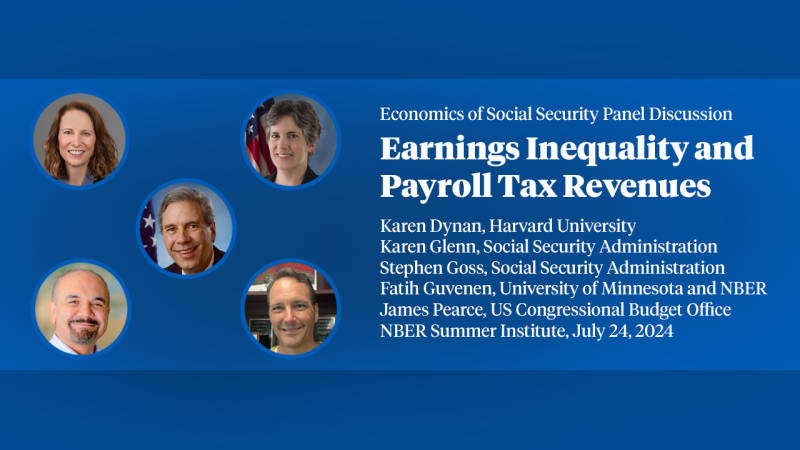Mechanism Design for Personalized Policy: A Field Experiment Incentivizing Exercise
Personalizing policies can theoretically increase their effectiveness. However, personalization is difficult when individual types are unobservable and the preferences of policymakers and individuals are not aligned, which could cause individuals to misreport their type. Mechanism design offers a strategy to overcome this issue: offer an “incentive-compatible” menu of policy choices designed to induce participants to select the variant intended for their type. Using a field experiment that personalized incentives for exercise among 6,800 adults with diabetes and hypertension in urban India, we show that personalizing with an incentive-compatible choice menu substantially improves program performance, increasing the treatment effect of incentives on exercise by 80% without increasing program costs relative to a one-size-fits-all benchmark. Mechanism design achieves similar performance to personalizing with an extensive set of observable variables, but without the high data requirements or the risk that participants might manipulate their observables.


